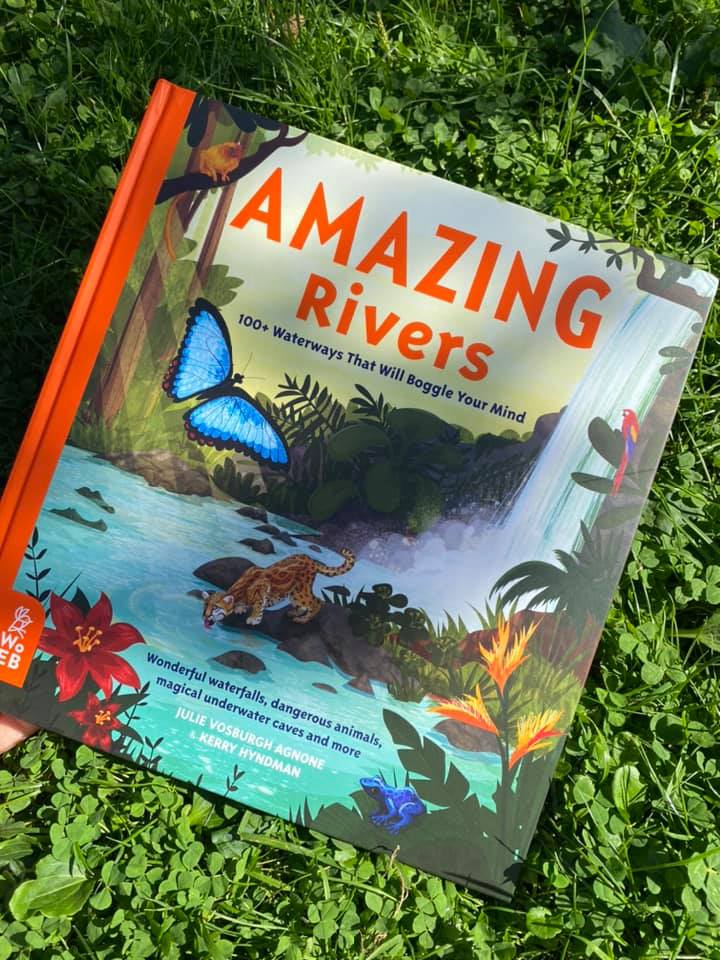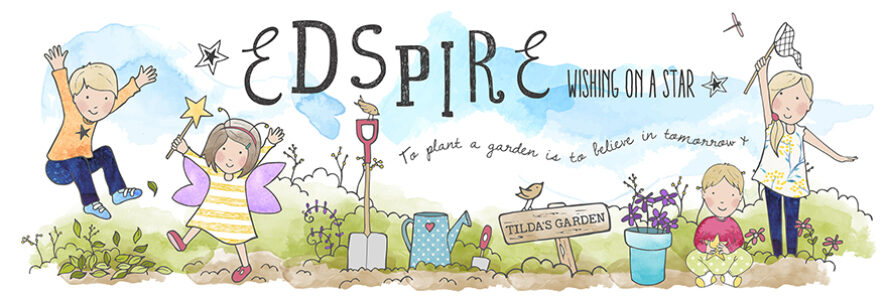There’s nothing more rewarding than the creative process of writing a children’s book. Looking back to the beginning of every project, I am astounded that it all began with a simple concept and a blank computer screen. In the case of Amazing Rivers, my writing journey started with a title and an established format as part of publisher What on Earth Books’ Our Amazing World series. Within certain guidelines, my editors gave me free reign to select which rivers to feature and to determine the best way to organize the vast amount of material I would eventually include.
First, I launched into an extensive research phase, visiting libraries, and digging through a variety of digital resources. We could feature only about 100 rivers from around the globe and each had to be unique, fascinating, or surprising. My guiding principle was to focus on the word “amazing” to inform my selection. Other criteria included ensuring that most of Earth’s great waterways were represented and that every example supported key science concepts.
The book’s structure is based on building knowledge by starting with the simplest ideas, such as explaining how rivers differ from other waterways and establishing the importance of rivers. In the early pages, I cover basic concepts such as the water cycle, river sources, how water flows, and ways rivers affect the landscape through erosion, floods, and drought. Later, the book examines why ancient civilizations settled along rivers, how industry and agriculture have grown around these waterways, and what types of ecosystems sustain life in and around rivers. It’s gratifying that teachers say the concepts presented in Amazing Rivers support their curricula, which was one of my goals, although the book is not structured or written in textbook style.
The result of all my research was a list of 100+ rivers and an outline that organized them by topic. Then the writing began. When I write nonfiction for children, I offer multiple entry points on a spread with easy-to-digest paragraphs that keep them engaged but not overwhelmed by a mass of impenetrable text. I’m always thinking about how the material will look on a page, so additional research includes finding visuals that will guide my writing and inform the illustrator. Photographs and videos help me describe exactly what I see, which facilitates a more active writing style. After I turned in the Amazing Rivers manuscript, it was some months before I saw the pages in layout with artwork in place. I was delighted to see how skillfully the designer had integrated the text, sidebars, maps, and diagrams and the way the illustrator had magically brought the words to life!

AMAZING RIVERS by Julie Vosburgh Agnone, illustrated by Kerry Hyndman is out now in hardback (£14.99, What on Earth Books)
Find out more at whatonearthbooks.com
